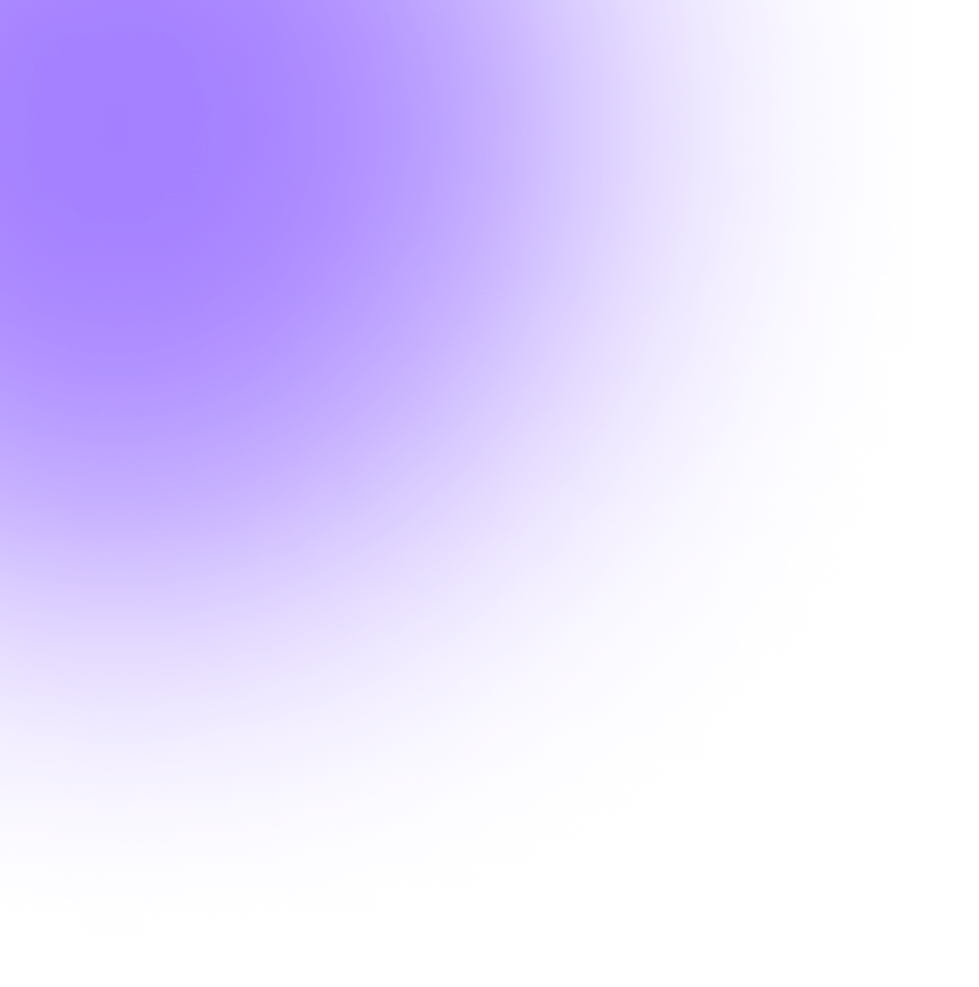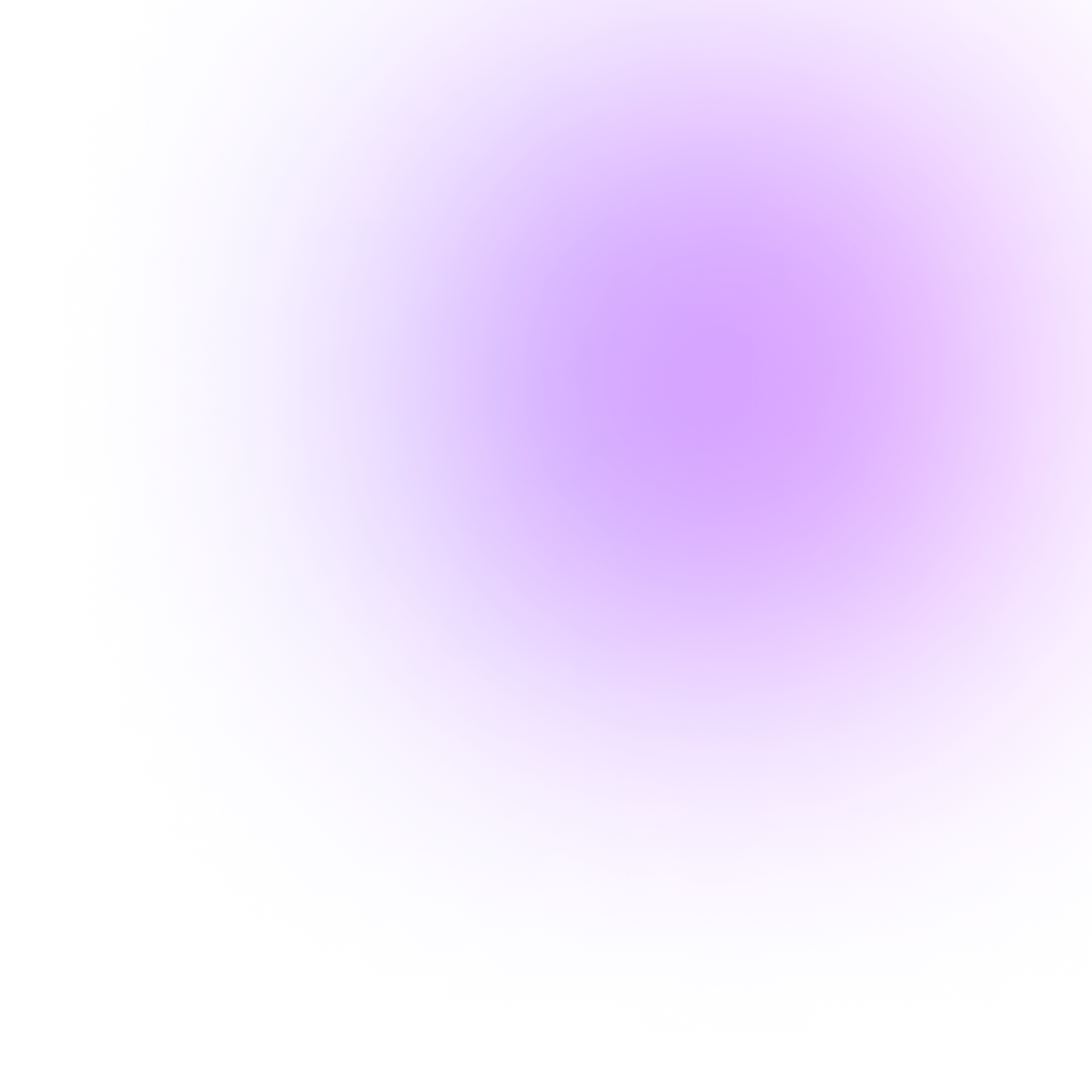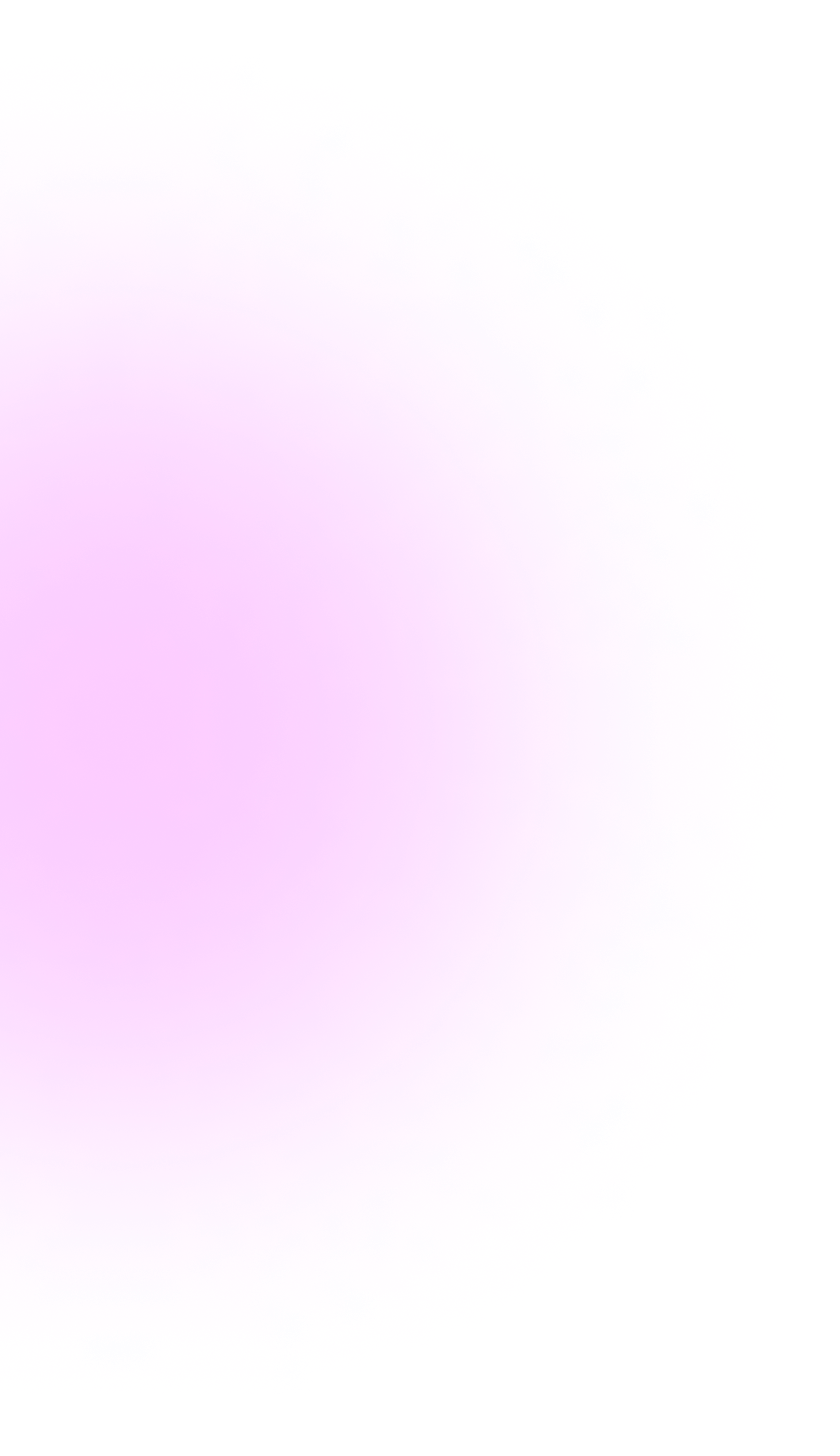




A Beginner's Guide to Understanding Artistic Expression 🎨
Artistic vision is the guiding force behind every creative endeavor, shaping the way artists perceive and interpret the world around them. In this comprehensive guide, we'll delve into the fundamentals of artistic vision, exploring key concepts and offering practical tips for beginners embarking on their creative journey.
🔍 What is Artistic Vision?:
At its core, artistic vision is the unique perspective through which an artist views and interprets the world. 🌍 It encompasses a combination of imagination, intuition, and personal experience, guiding the artist's creative choices and influencing the outcome of their work. For example, Pablo Picasso's Cubist style was influenced by his desire to represent multiple perspectives simultaneously.
🎨 Exploring Creativity:
Creativity lies at the heart of artistic vision, fueling the artist's ability to conceptualize and execute their ideas. 💡 Whether through painting, drawing, sculpture, or other mediums, artists channel their creativity to bring their vision to life in tangible forms. Take Vincent van Gogh, whose innovative use of color and expressive brushwork in "Starry Night" reflects his unique creative vision.
🌟 Developing Your Unique Style:
One of the hallmarks of artistic vision is the development of a distinct and recognizable style. 🎭 As a beginner, it's essential to experiment with different techniques, subjects, and mediums to discover what resonates with you personally. Over time, your unique artistic voice will emerge, reflecting your individual perspective and aesthetic preferences. Consider the evolution of Georgia O'Keeffe's work, from her early representational paintings to her iconic abstract flower compositions.
🖌️ The Role of Inspiration:
Inspiration plays a crucial role in shaping artistic vision, serving as a wellspring of ideas and motivation. 🌈 Drawing inspiration from nature, culture, emotions, and personal experiences can enrich your artistic practice and fuel your creative process. Take Leonardo da Vinci, whose scientific observations of nature inspired his anatomical studies and iconic artworks like the "Mona Lisa."
🎨 Understanding Composition:
Composition is the arrangement of elements within a work of art, including the placement of objects, colors, lines, and shapes. 📐 By mastering the principles of composition, artists can effectively convey their artistic vision and create visually engaging and harmonious compositions. Look at the balanced composition of Grant Wood's "American Gothic," which enhances the narrative and emotional impact of the artwork. Read more on Mastering Composition.
🌈 Exploring Color Theory:
Color is a powerful tool for conveying emotion, mood, and meaning in art. 🎨 Understanding the principles of color theory—such as hue, saturation, value, and complementary colors—can help artists make informed color choices that align with their artistic vision and evoke the desired response from viewers. Consider the vibrant color palette of Henri Matisse's "The Dance," which reflects the joy and energy of the scene. Quick Read on Color Grading.
👁️ Developing Visual Literacy:
Visual literacy involves the ability to interpret and analyze visual images effectively. 📷 As an artist, developing visual literacy skills can enhance your understanding of art history, contemporary trends, and the work of other artists, providing valuable insights and inspiration for your own creative endeavors. Explore the iconic imagery of Andy Warhol's pop art, which reflects and critiques consumer culture.
📸 Embracing Experimentation:
Artistic vision is not static but evolves over time through experimentation and exploration. 🚀 Don't be afraid to take risks, try new techniques, and push the boundaries of your creativity. Embrace the journey of self-discovery and allow yourself the freedom to express your unique vision authentically. Look at the diverse experimentation in the works of contemporary artists like Banksy, known for his provocative street art and social commentary.

FAQs About Artistic Vision
-
What if I don't know what my artistic vision is yet?: It's perfectly normal not to have a clear artistic vision when starting your creative journey. 🤔 Take your time to explore different mediums, subjects, and styles until you find what resonates with you personally.
-
Can artistic vision be learned, or is it innate?: While some aspects of artistic vision may be innate, much of it can be developed and refined through practice, observation, and experimentation. 📚 Stay open to new experiences and continue to hone your skills as an artist.
-
How can I overcome creative blocks and tap into my artistic vision?: Creative blocks are a common challenge for artists. 🧠 Try stepping away from your work for a while, seeking inspiration from nature, art, or other sources, and experimenting with new techniques or mediums to reignite your creativity.
-
Is it essential to have a consistent style as an artist?: While developing a consistent style can help you establish a recognizable brand as an artist, it's not essential, especially in the early stages of your artistic journey. 🎨 Focus on exploring and experimenting with different styles until you find what feels authentic to you.
-
How can I stay true to my artistic vision while also appealing to others?: Balancing personal artistic expression with audience appeal can be challenging. Ultimately, it's essential to create art that resonates with you personally while remaining open to feedback and constructive criticism from others. 🤝
Conclusion
Artistic vision is a deeply personal and ever-evolving aspect of the creative process. By exploring the fundamentals of artistic expression, embracing experimentation, and staying true to your unique perspective, you can unlock the full potential of your creative vision and embark on a fulfilling artistic journey. 🌟